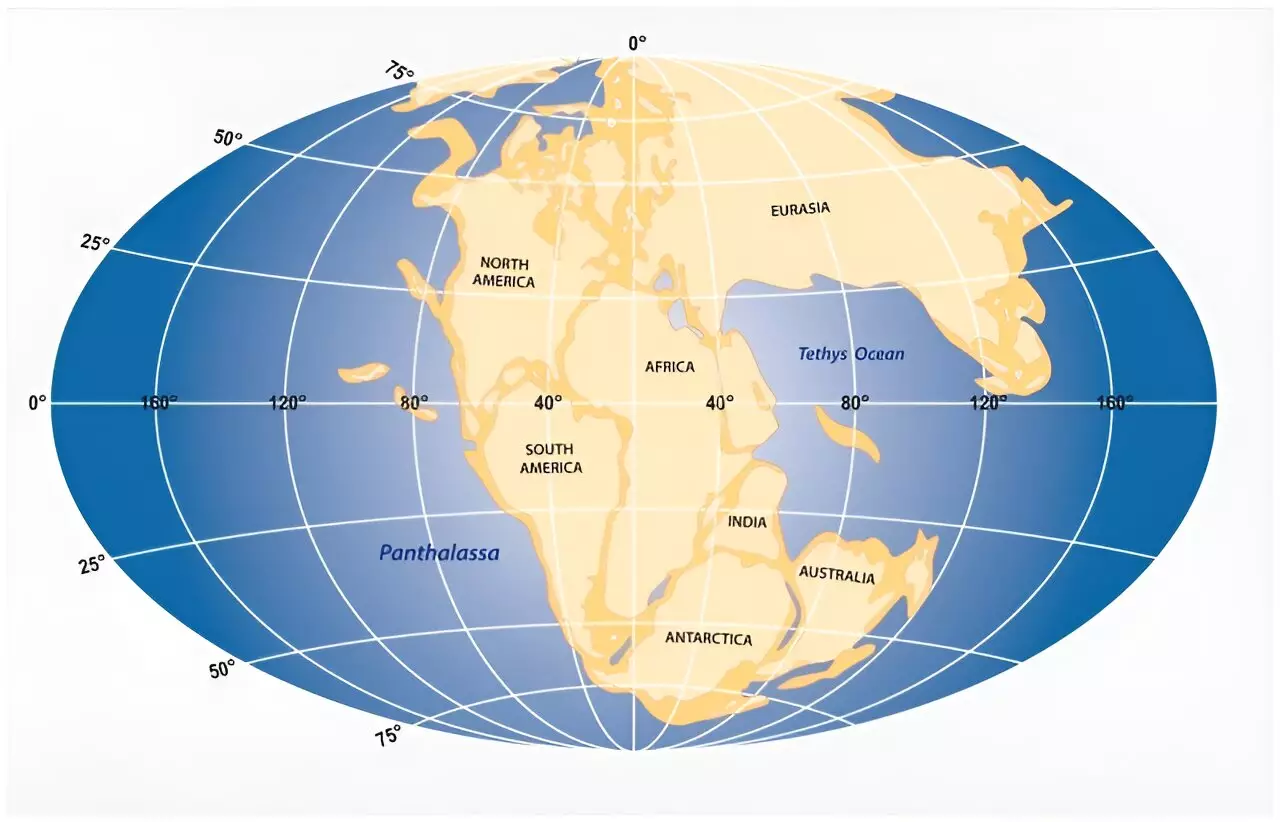The formation of the East Coast of the United States has long been a topic of interest for geologists. A recent study published in the Journal of Geophysical Research: Solid Earth sheds new light on this “passive margin” and its significance in the breakup of the supercontinent Pangea and the opening of the Atlantic Ocean. This article explores the key findings of the study and their implications in understanding Earth’s geological history.
Passive margins are regions where minimal faulting or magmatism occurs, making them “quiet” areas where land meets the ocean. These regions are crucial for various reasons. Firstly, passive margins are known to be stable areas where hydrocarbon resources are extracted. Secondly, the sedimentary archive found in these regions preserves valuable climate history dating back millions of years. Therefore, understanding the formation of passive margins is vital in comprehending Earth’s geological processes.
The study was a collaborative effort between scientists from the University of New Mexico, SMU seismologist Maria Beatrice Magnani, and scientists from Northern Arizona University and USC. The research team investigated the structure of rocks and the presence of magma-derived rocks along the East Coast. To gather data, they utilized ocean-bottom seismometers, specialized instruments that measure the sound speed of rocks beneath the ocean floor. These measurements provided valuable insights into the composition and type of rocks found at depths of 10 to 20 kilometers.
The findings of the study suggest a connection between the formation of the East Coast and the fragmentation of Pangea. As the supercontinent broke apart around 230 million years ago, the forces involved in this process may have influenced the structure of the Mid-Atlantic Ridge. This vast underwater mountain system, located at the center of the Atlantic Ocean, is believed to have been shaped by the same tectonic forces that led to the formation of the East Coast.
Understanding how continents break apart is one of the fundamental questions in the field of Earth Sciences. By investigating the processes and factors involved in continental breakup, scientists can gain insights into the dynamics of tectonic plates and the evolution of our planet. Furthermore, the knowledge gained from such research can help predict future geological events and their potential impacts on regions located along passive margins.
The study on the formation of the East Coast of the United States provides valuable insights into the geological history of the region. By analyzing rocks deep below the ocean floor, the research team identified the structure and composition of these rocks, shedding light on the forces that shaped the East Coast during the breakup of Pangea. This study is part of a broader effort to understand continental breakup, a topic of great significance in Earth Sciences. As passive margins are home to a large population and vulnerable to long-term climate variations and sea-level rise, further research in this field will undoubtedly contribute to our understanding of the planet we call home.


Leave a Reply